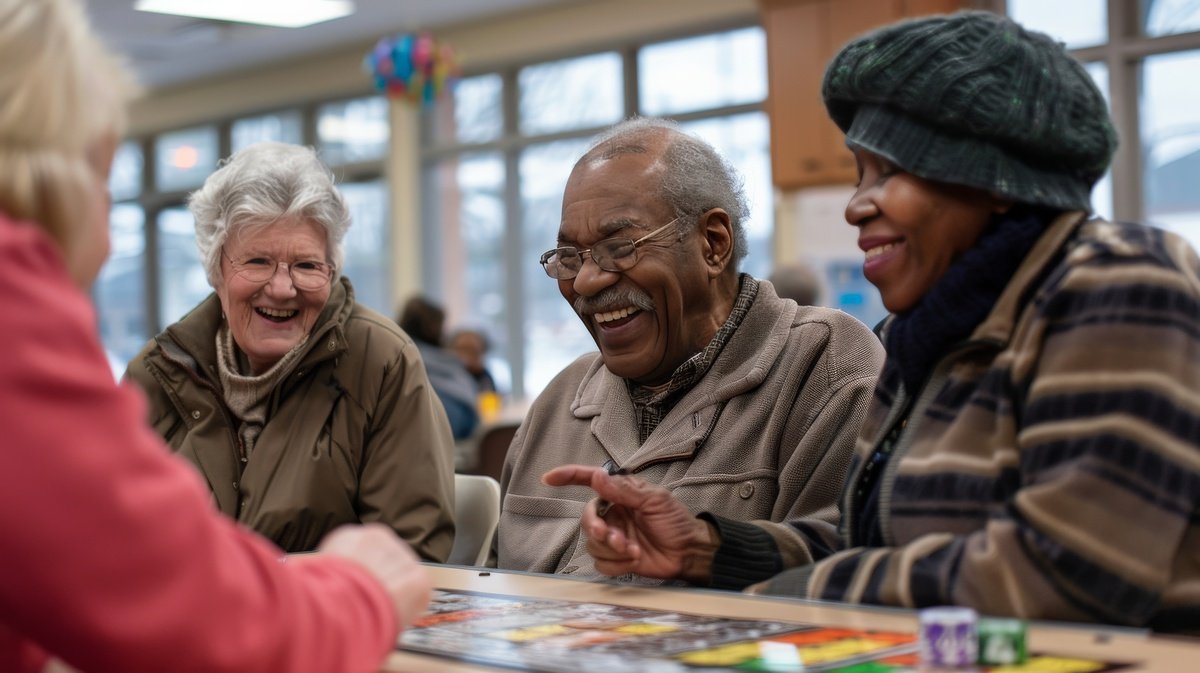Agnosia is a condition where individuals have difficulty processing sensory information. Typically the result of a stroke, traumatic brain injury or a dementia, Agnosia can come in many forms, including visual, auditory, tactile or environmental.
Those with visual Agnosia have difficulty recognizing common household objects or familiar faces. An individual may sit down at the table and begin to eat with his fingers, not recognizing the fork and spoon as utensils. Another may hear the phone ring, but fail to recognize that the phone is the object to be answered. Agnosia may cause embarrassment when an individual cannot find the proper facilities in the restroom, or heartbreak when he does not recognize a loved-one.
Environmental Agnosia limits the person’s ability to navigate through familiar places. The individual may become lost while driving a familiar route, or fail to locate a room in his own home. The familiar landmarks disappear, and the individual feels lost and alone.
Agnosia is a common symptom of dementia, and can cause frustration and sadness for caregivers. While Agnosia may be more prevalent on some days than others, it is important for the caregiver to know that Agnosia is caused by damage to the brain. The individual cannot control his inability to recognize familiar things or people who are close to him.
How can a caregiver help make the situation easier?
-
Provide a quick jump-start for the individual. Place the fork in his hand when he sits down to eat. Place clean socks near his shoes, so that he knows to put them on.
-
Demonstrate correct behavior. Those with Alzheimer’s disease are great followers. Show him that the chair is for sitting, the fork is for eating, and shoes go on the feet.
-
Brush your teeth side-by-side.
-
Hang labels to identify rooms or necessary objects. If he does not recognize items in the bathroom, place signs on the sink and toilet. Label the cabinets in the kitchen. Make sure all signs are bold and at eye level.
-
Label pictures with names of familiar people. At social gatherings, offer basic background information of other individuals to help your loved-one recognize his family and friends.
-
Provide simple explanations and instructions, using as few words as possible. Use hand gestures to help get the information across.
-
Assure that the individual always carries identification. Enroll in the Medic Alert / Safe Return program to keep the individual safe if he becomes lost. The Safe Return program is operated through the Alzheimer’s Association at www.alz.org or by calling 1-800-272-3900.
-
Understand that the confusion is not his fault. Offer a kind word and a helping hand.
-
Remember that tomorrow is another day.
Share This Article



